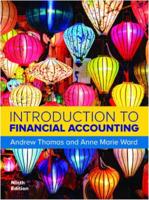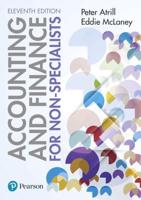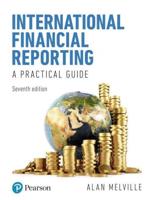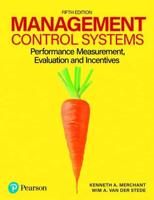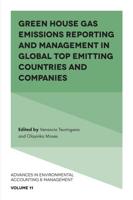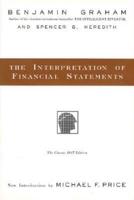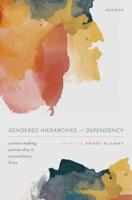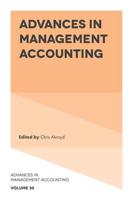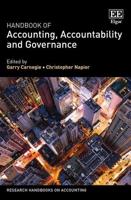Publisher's Synopsis
Excerpt from Louisiana Conservationist, Vol. 8: March, 1956
I wheeled into the driveway of the W. C. Wind ham home, 16 miles southeast Of Tallulah, which is in the heart Of the finest white tailed deer range in these United States. Why bring a bird dog to this place? For something different. We were to ?y into Cottonwood island and kick up a few coveys.
South Of Vicksburg is Cottonwood, accessible only by water or plane. The deer hunting rights are leased, but we'd gotten permission to try the birds, just following the close of the deer season. Its near inaccessibility might account for some Of the bird populace, but I think it's the near-ideal quail habitat of the island.
We took the two automatics apart, placed them in the little yellow Cub and Billy Windham, my hunt ing companion for the afternoon, petted the light plane into cranking. After a brief motor warmup I motioned the setter to take a seat in my lap, strap ping us both in the craft. She wasn't excited, she'd?own before and after all her master was risking his neck, too.
The little Cub climbed into the January breeze, its prop cutting big slices from the cool atmosphere. That's Palmyra over there, yelled Billy. Got some of the biggest bass in the state. The river ?oods and restocks it every year. Palmyra is an ideal spot for bass, bream and white perch and its glinting waters might have changed my mind if Princess hadn't stirred to remind us that we were after quail, not fish. Billy dropped the nose Of the plane downward, giving me a closer look-see at a ?ock of mallards sunning themselves in Old River. A big doe and her Offspring dashed into the under brush as he roared out of the dive. Several drakes and hens rose quickly from the potholes along the old river bed. Oh, well, the season is closed any hbw, I thought.
About the Publisher
Forgotten Books publishes hundreds of thousands of rare and classic books. Find more at www.forgottenbooks.com
This book is a reproduction of an important historical work. Forgotten Books uses state-of-the-art technology to digitally reconstruct the work, preserving the original format whilst repairing imperfections present in the aged copy. In rare cases, an imperfection in the original, such as a blemish or missing page, may be replicated in our edition. We do, however, repair the vast majority of imperfections successfully; any imperfections that remain are intentionally left to preserve the state of such historical works.

